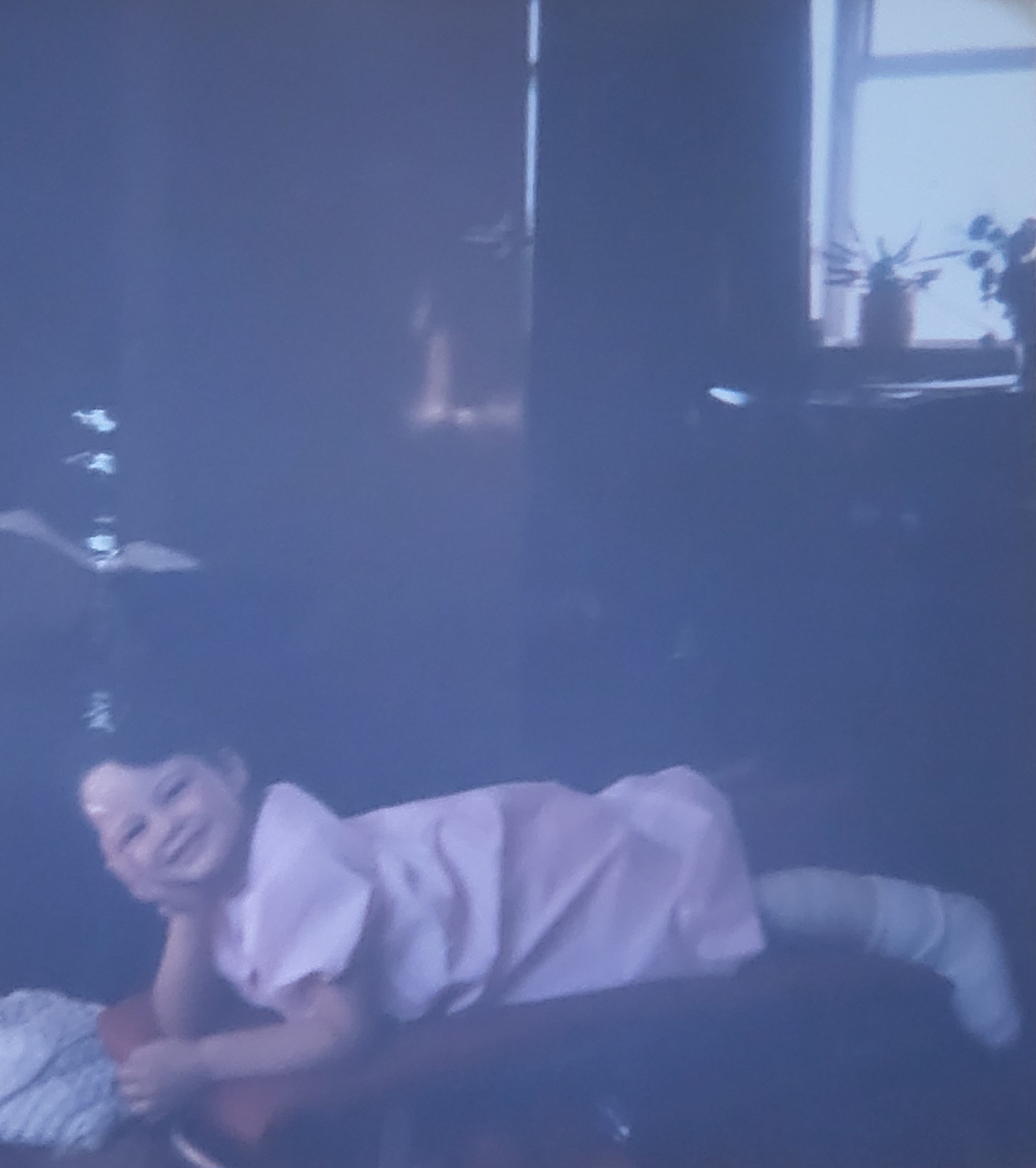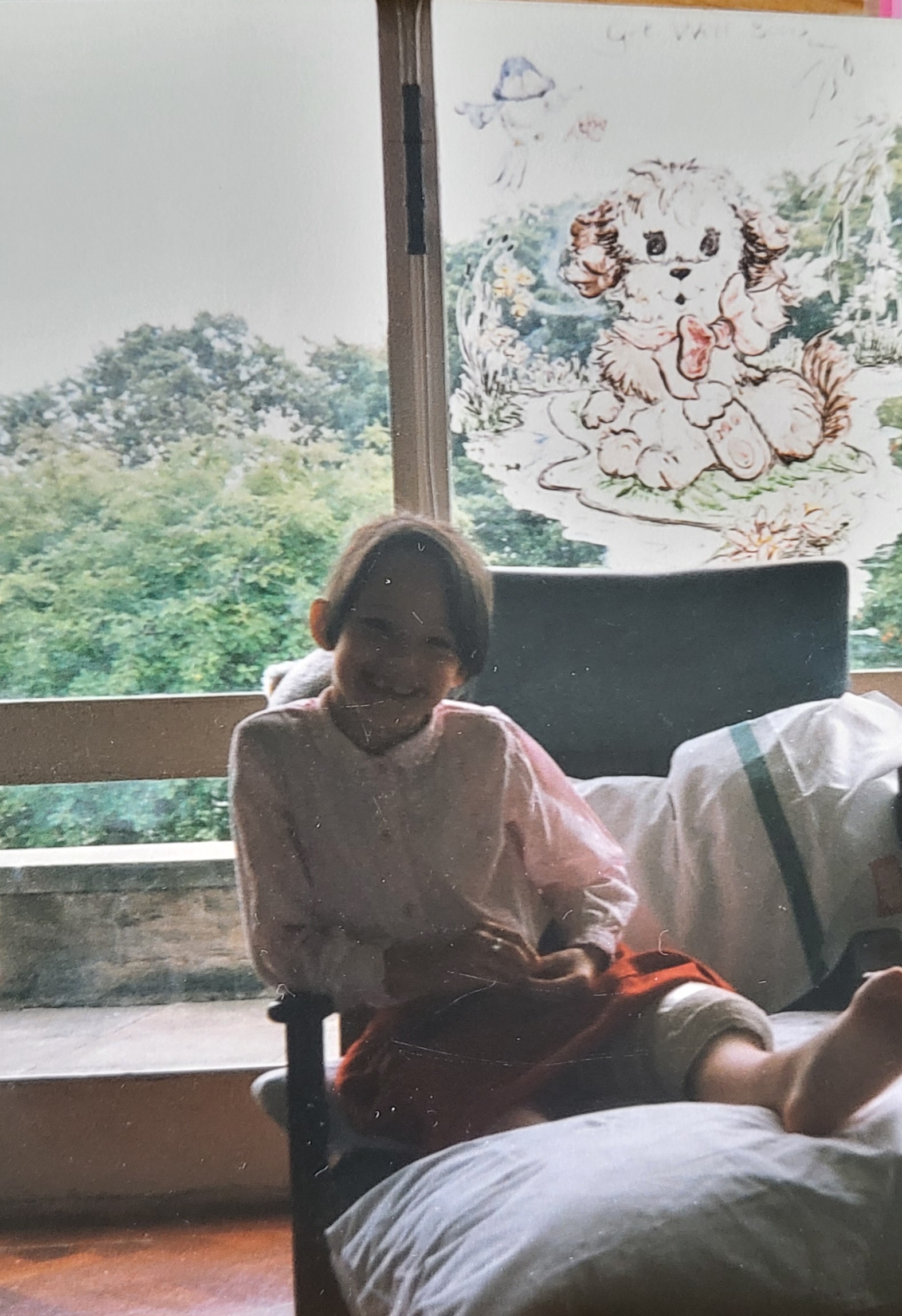ROH Patient Stories - Meet Tor

The Royal Orthopaedic Hospital (ROH) has been part of Tor’s life since a very young age - she’s been a patient here for just over 40 years. Her parents took her to her local GP when she was about 18 months old due to development issues with her leg and she was referred to the ROH.
Tor’s condition is Maffucci syndrome, which is a disorder that affects the bones and skin. It is characterized by multiple enchondromas, which are benign enlargements of cartilage, bone deformities, and tangles of abnormal of blood vessels. The abnormal growths associated with Maffucci syndrome can also become cancerous. Maffucci syndrome is progressive which means she’s had many different surgeries over the years at the ROH and has seen much change over that time.
“I had my first surgery there at the age of 3, spent my 4th birthday on the children’s ward. I spent a lot of my childhood on that ward. Even when it was hard, and I felt lonely, scared and in pain, I have some amazing memories. Everyone you met or who cared for you were so kind and patient. I remember the ward teachers making learning fun, and the painting on the ward windows and doors made me feel safe, made it feel fun somehow. We did have fun, we made the best of our difficult situations. We could only do that because the ROH was, and still is, such a special hospital. As a whole, people in the hospital are really friendly, lovely and helpful. It feels safe, like I can trust these people. I stayed elsewhere one year and I absolutely hated it. I was so scared there.”

Tor’s dad made her a trolly so she could independently get around after her first surgery
“I remember one stay at ROH being taken outside on our beds, or in wheelchairs through the big doors and getting fresh air on the balcony. We loved watching the squirrels playing and having fun and listening to the birds. I also loved being taken down to the fountain area, which we did often. It felt like a day out as a kid going down there. The hospital has changed so much over the years, but I still like to visit the remaining woodland area and reminisce.”


Tor was the first person to have both femur and tibia lengthened at the same time. Previously the femur and tibia were lengthened during separate surgeries. This would have meant four surgeries for Tor as she had leg lengthening surgery at age 9 and age 13. She even featured in the local newspaper!


After Tor’s first leg lengthening surgery
It’s not always about the physical aspect of the condition but the mental. After a surgery called a scapulectomy Tor needed some additional support. She was referred to one of the Macmillan nurses at ROH for mindfulness meditation.
“Mental health is so important to me, and the impact disabilities have on our overall wellbeing. I’m so grateful to Carol Hughes, my Macmillan counsellor, who taught me mindfulness meditation, which has helped me in so many ways. From managing, and accepting my pain in a healthier way to learning more about myself and ways I can improve my overall wellbeing and mental state. The support was just amazing. I really struggled with my mental health as a teenager, Macmillan wasn’t a very well-known thing at the time, at least for me so this kind of support just wasn’t available. I have some pain connected to past trauma and understanding it and how it affects me has been really helpful.”

Being determined on the monkey bars after leg lengthening surgery (in plaster!)
Because Tor has been with the ROH for so many years, she’s had a fair few consultants. When her consultant, Mr Rob Grimer was set to retire, she wondered who her new consultant would be. Mr Michael Parry, Consultant Orthopaedic Oncologist, had worked in the team alongside Mr Grimer and was a natural fit to take this on.
“I’ve lost count of all the surgeries over the years. Because it’s a rare condition there’s been a bit of trial and error, but I feel so fortunate my consultants do understand the condition. I have experienced the best care and have had dealings with several departments and couldn't have got through my surgeries or recovery without the input of those departments and their staff.”









